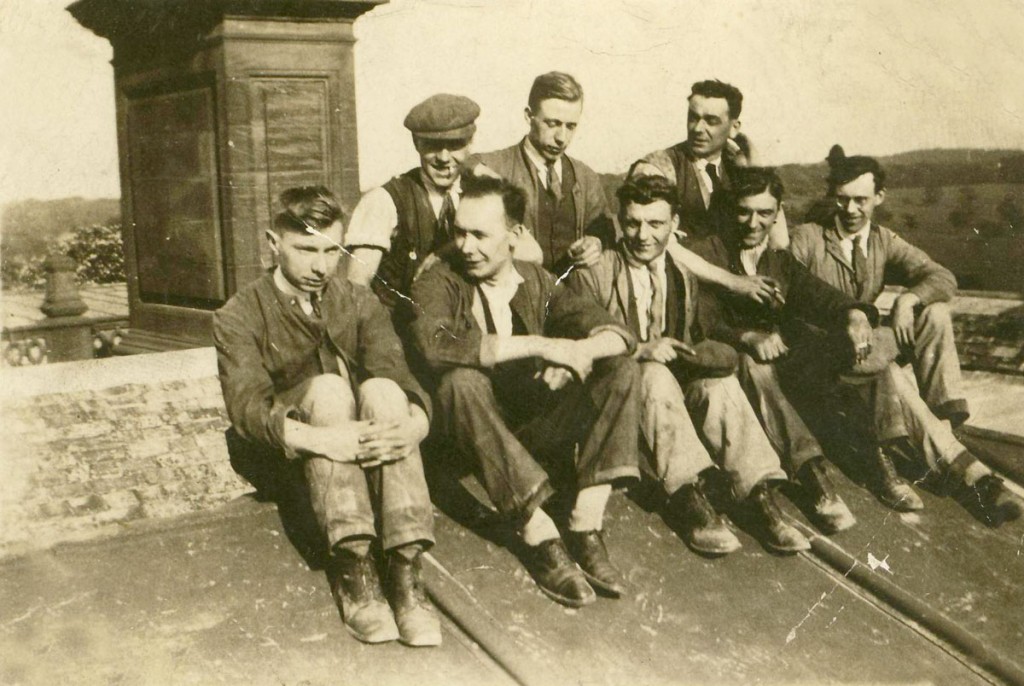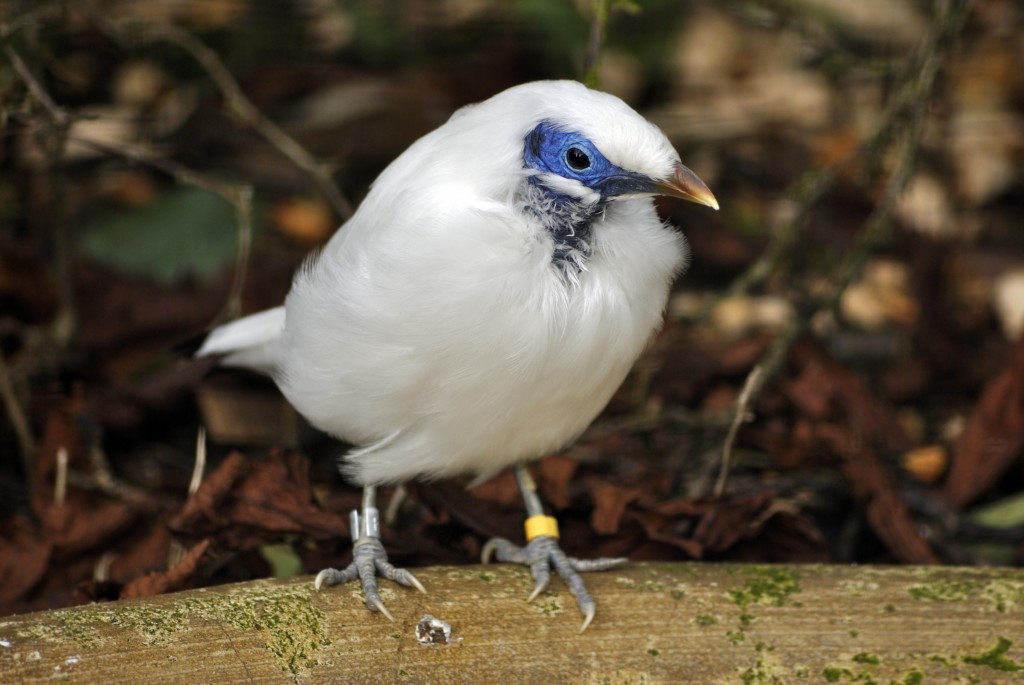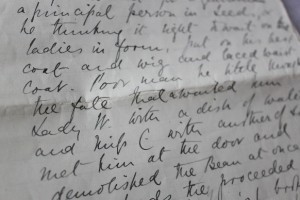As the dark nights draw in and the leaves begin to change, views across Harewood’s landscape become a vivid autumn spectacle. The red, orange and yellow leaves provide a vibrant display throughout October and November.
With 850 acres of managed woodland, there are hundreds of trees under Harewood’s care. From the creation of the “Capability” Brown parkland to modern events like the Tour de France, these trees have presided over much of Harewood’s history. Here are a few trees for you to look out for on your next visit.
- The Tallest Grand Fir in Yorkshire:
Harewood is home to Yorkshire’s tallest Grand Fir growing in the Lakeside Gardens (SE of the Cascade beside the path towards the Walled Garden). This tree was last measured at 36m tall or 118ft!
- Our Oldest Trees:
Exactly which is the oldest tree on the Estate is difficult to say. What we do know, is that along the Lakeside Path, two, beautiful, native trees reside which were planted around the same time as the “Capability” Brown parkland was design in the late 18th century. The striking Beech and Oak trees can be found just before the Walled Garden and are at least 250 years old.
- Fairy Tree: Did you know Harewood has a magical tree which is home to a family of fairies? The grand old Oak stands proudly on the water’s edge of the Lake. If children walk up really quietly, they might just see a fairy busy tidying their house!
- Head Gardener’s One to Watch:
Choosing just one tree for you to look out for was no easy task for our Head Gardener, Trevor Nicholson. After some persuasion, it was decided that the Black Walnut tree, which sits alongside the Ice Cream Kiosk, is the one for you to find. As autumn flourishes, the leaves on this beautiful tree become a striking gold which you simply cannot miss!
We hope you can join us to see this wonderful, autumnal display. Enjoy the crisp air, warm sunshine and crunchy leaves as you explore everything autumn has to offer at Harewood.






